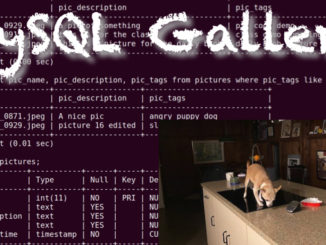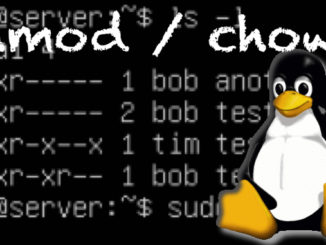Finding the best distribution of Linux for your personal use and for your organization is important. As with much in the tech world you should be thinking more about what questions to answer rather than finding a theoretical “best” product.
Software Requirements
- Some software for Linux will only run on specific distributions.
- Some vendors will only support their products on specific distributions even when their products will work fine on others.
Support Requirements
- Many companies like to purchase support services from vendors. They want to pay so that their technicians have someone to call if there is a problem beyond their expertise.
Institutional Knowledge
- Using the same distribution people in your organazation are already comfortable with will make troubleshooting and support easier.
- You should always deploy systems with the understanding that someone else will be the one to fix it if it breaks.
TCO – Total Cost of Ownership
- Think about the TCO of the box you will deploy. Consultants can cost $100-$300 per hour. An employee that is comfortable with a GUI environment may cost $20 per hour vs an employee comfortable with the CLI could be $30 or more.
- Linux is “free” to deploy, but nothing is free to maintain…
Preference Matters
- Linus is like Pants. At the end of the day all the different versions are more or less the same. Picking based off of personal preference is a legitimate option.
Stay Consistent
- Be as consistent as possible, and stay in the same Forks if you can.
- You may pay for Red Hat support for some machines, but then use CentOS for boxes that don’t need service contracts. By staying in the same fork your technicians are more likely to feel comfortable on all machines.
Going with Ubuntu
- Ubuntu is the most popular distribution
- Ubuntu can be used on desktop, server, cloud, and even RaspberryPi




Be the first to comment